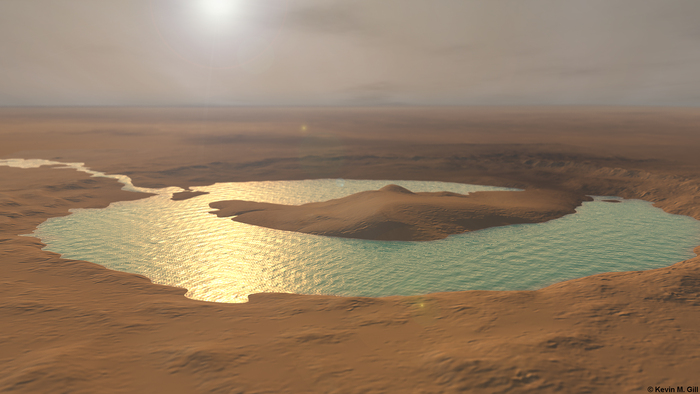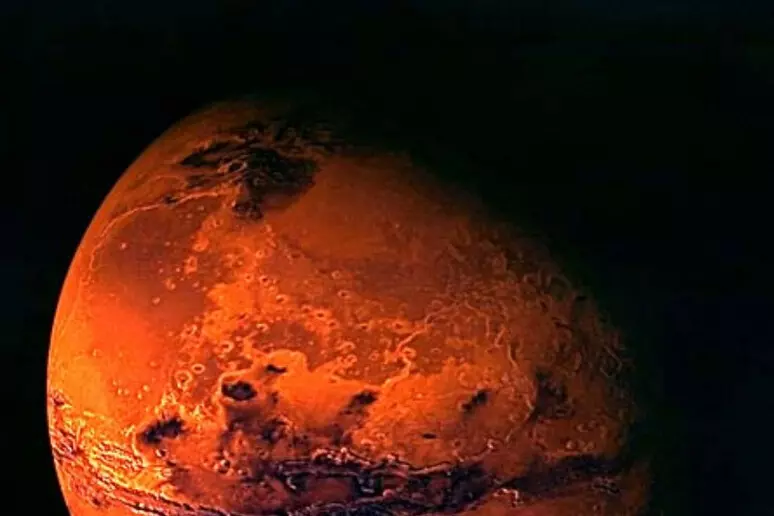NASA’s Curiosity rover has discovered significant carbon deposits on Mars. According to a study just published in the journal, Science, by a team of scientists from the University of Calgary, the analysis of samples taken from the Martian soil suggests that a carbon cycle, a process critical to sustaining life as we know it, was active on the planet in the past.
“Drilling into the layered surface of Mars is like flipping through a history book,” explained Thomas Bristow, a researcher at NASA’s Ames Research Center and co-author of the study. “It only takes a few centimeters of depth to get information about minerals formed about 3.5 billion years ago.”
Analysis shows that the Martian atmosphere contained enough carbon dioxide to allow the presence of liquid water on the surface, confirming the hypothesis of an environment once conducive to life. “This study tells us that Mars was habitable according to parameters we understand well,” said one of the authors.

The same expert pointed out how the planet, over time, went from a potentially habitable state to an inhospitable one: “When CO₂, which had helped keep Mars warm, began to precipitate in the form of siderite, it is likely that this compromised its ability to remain moist and temperate.”
Co-author Benjamin Tutolo added that the widespread presence of highly soluble salts in the analyzed rocks-and in other deposits mapped over much of the surface-represents concrete evidence of the so-called “great drying,” that is, the drastic climate change that transformed Mars from a warm, wet world to the cold, dry one we know today.












